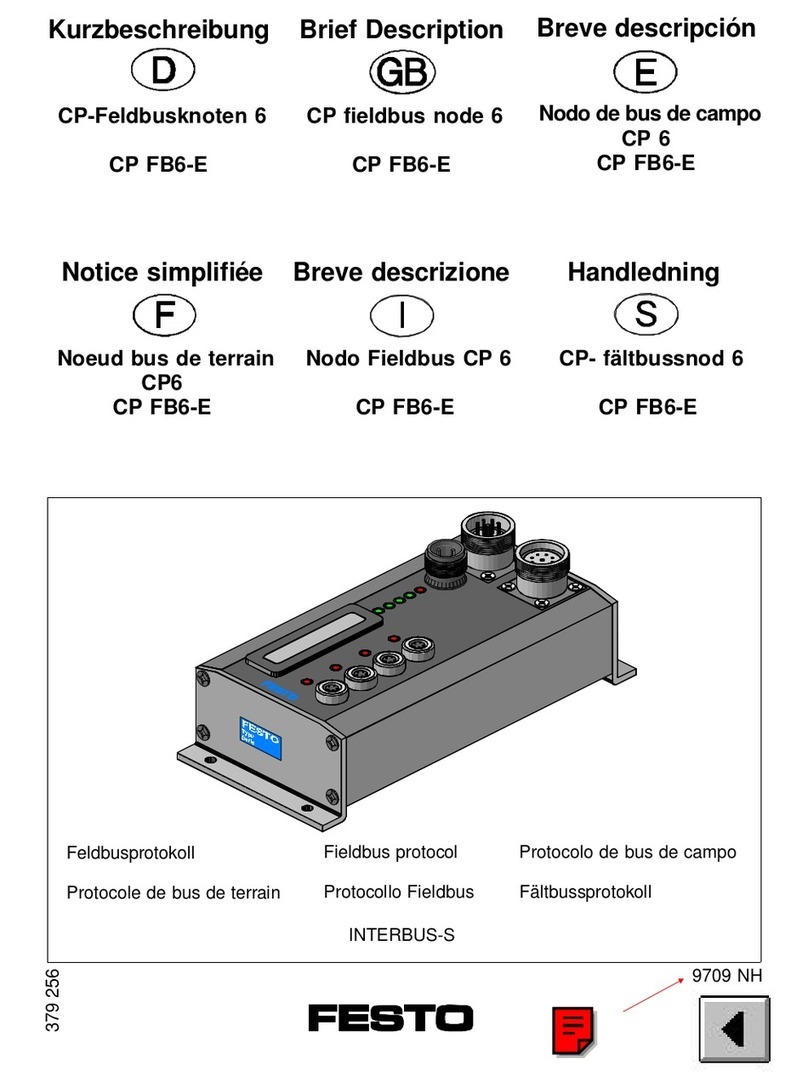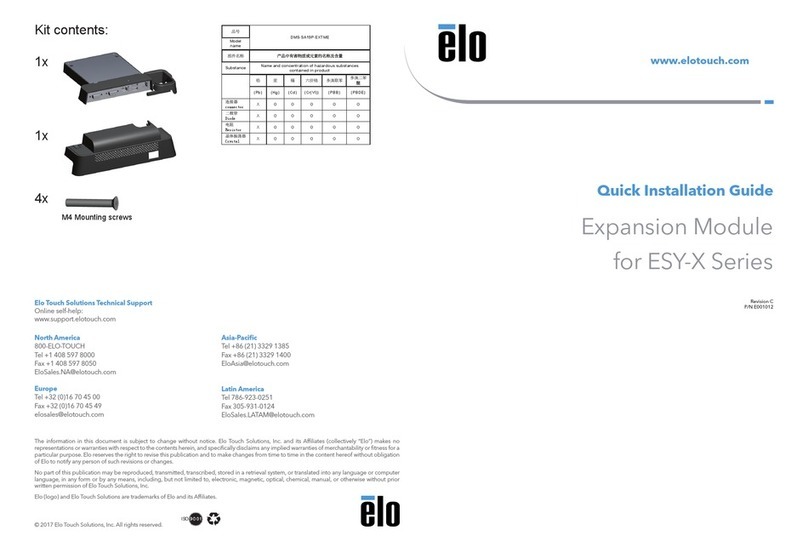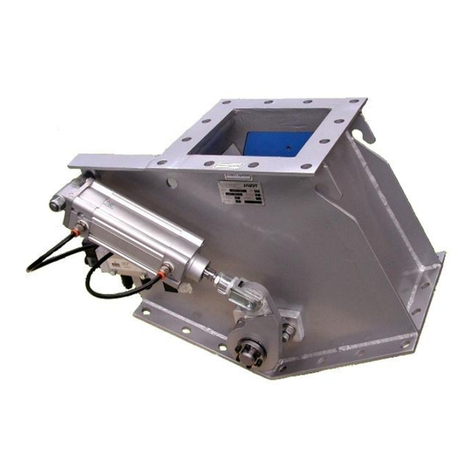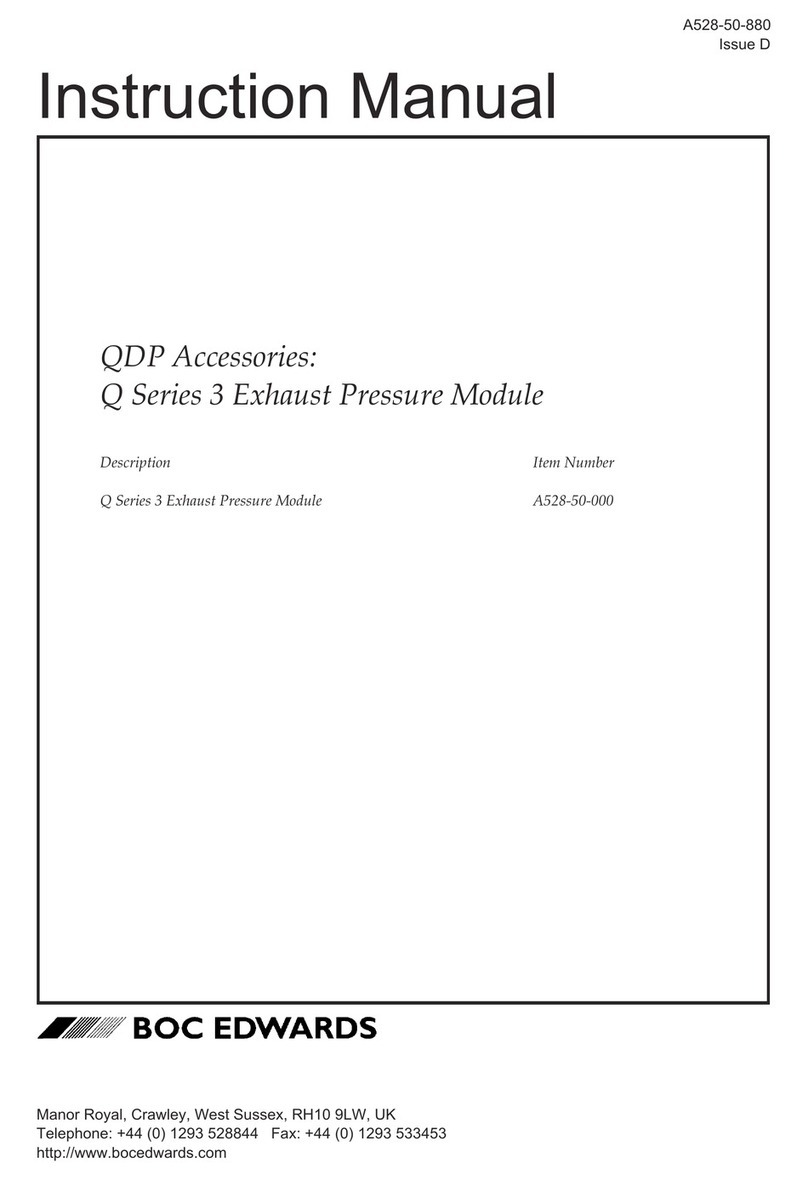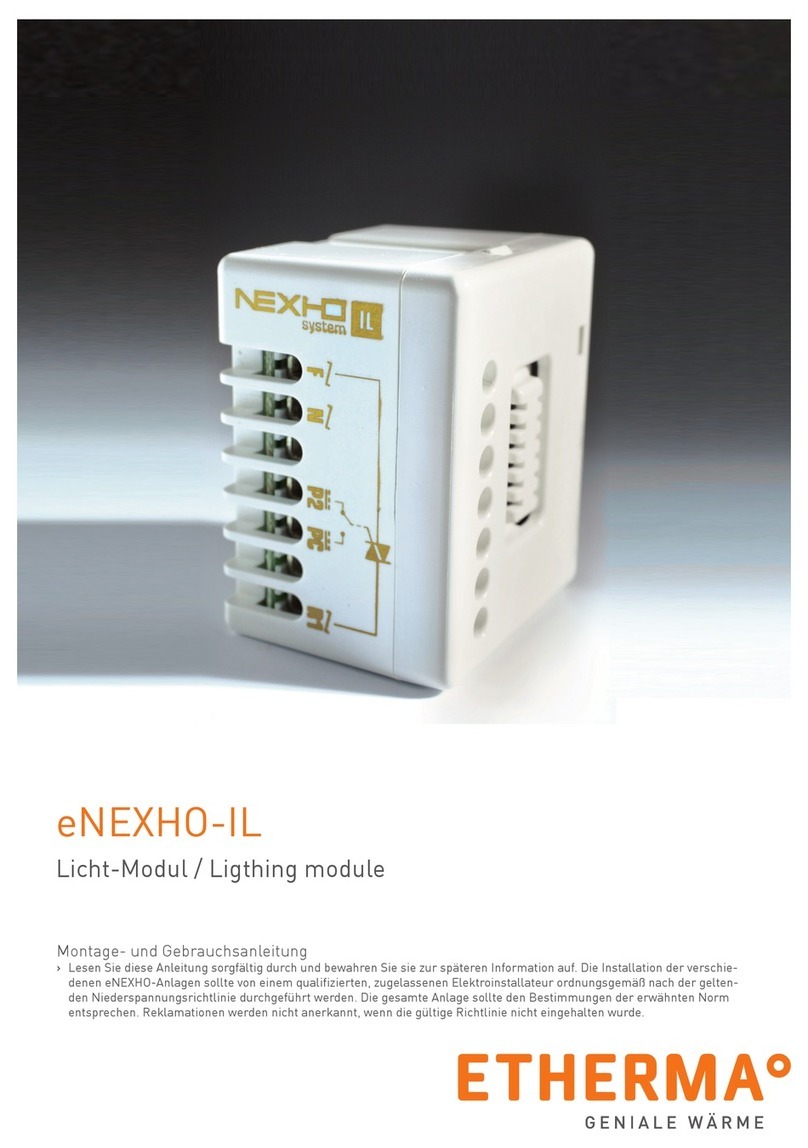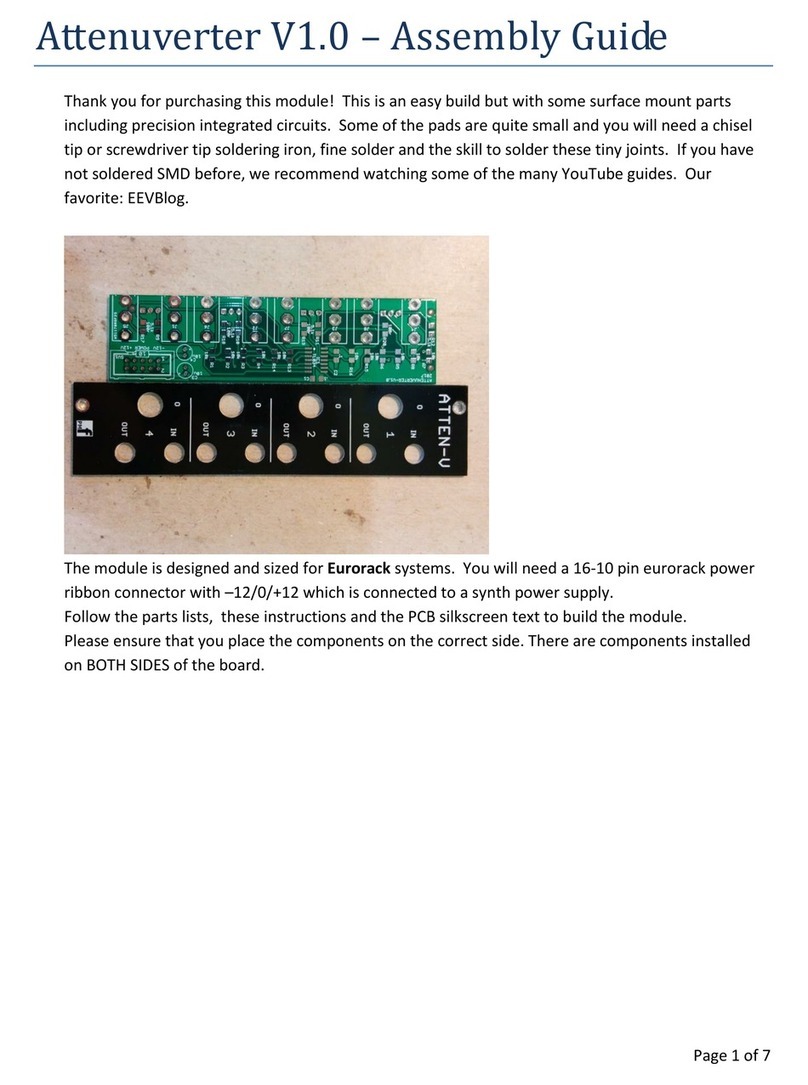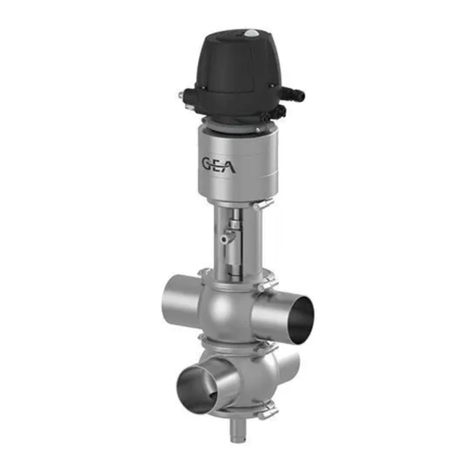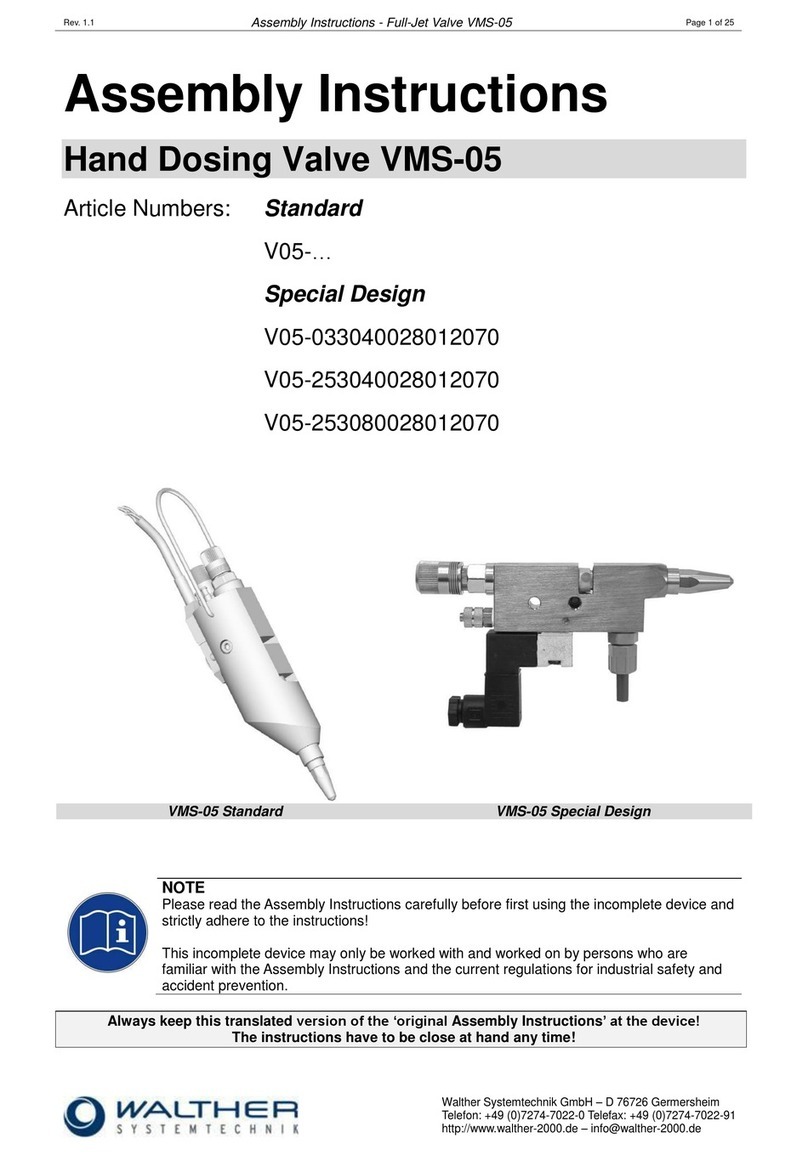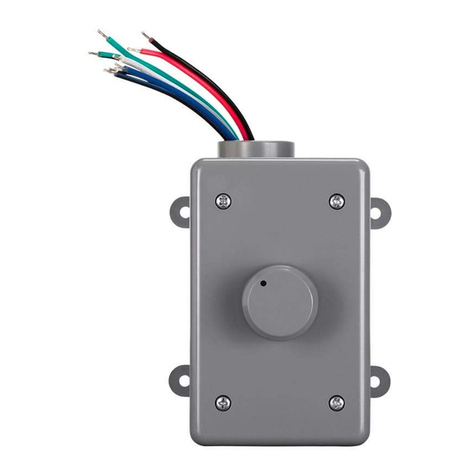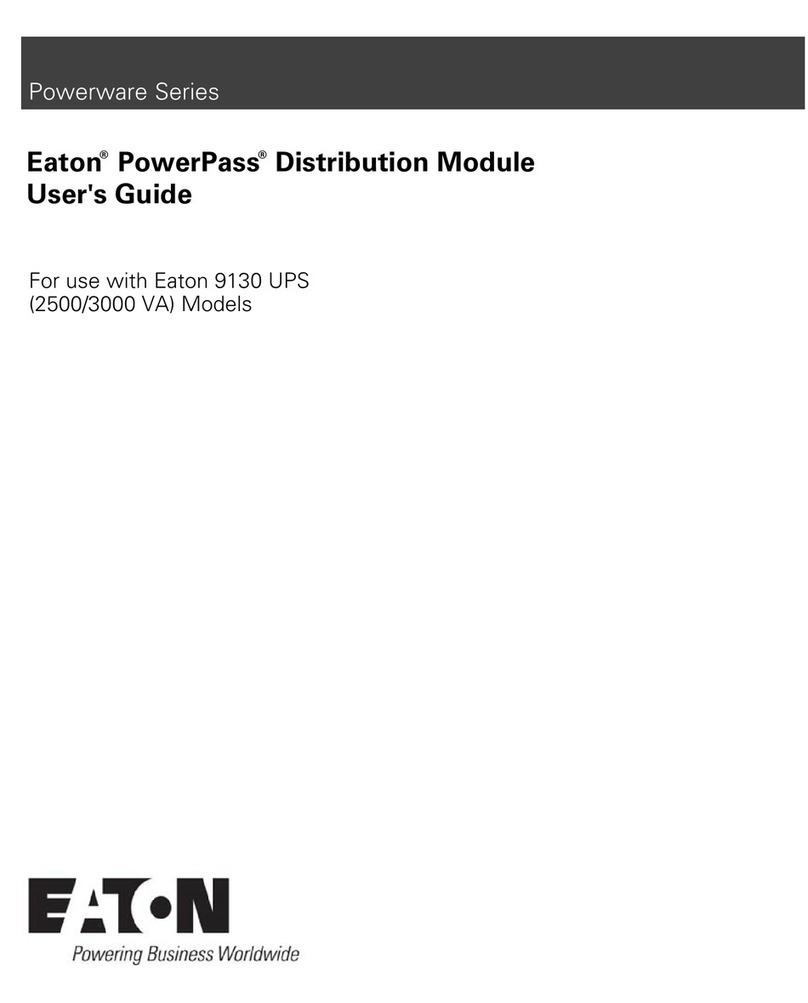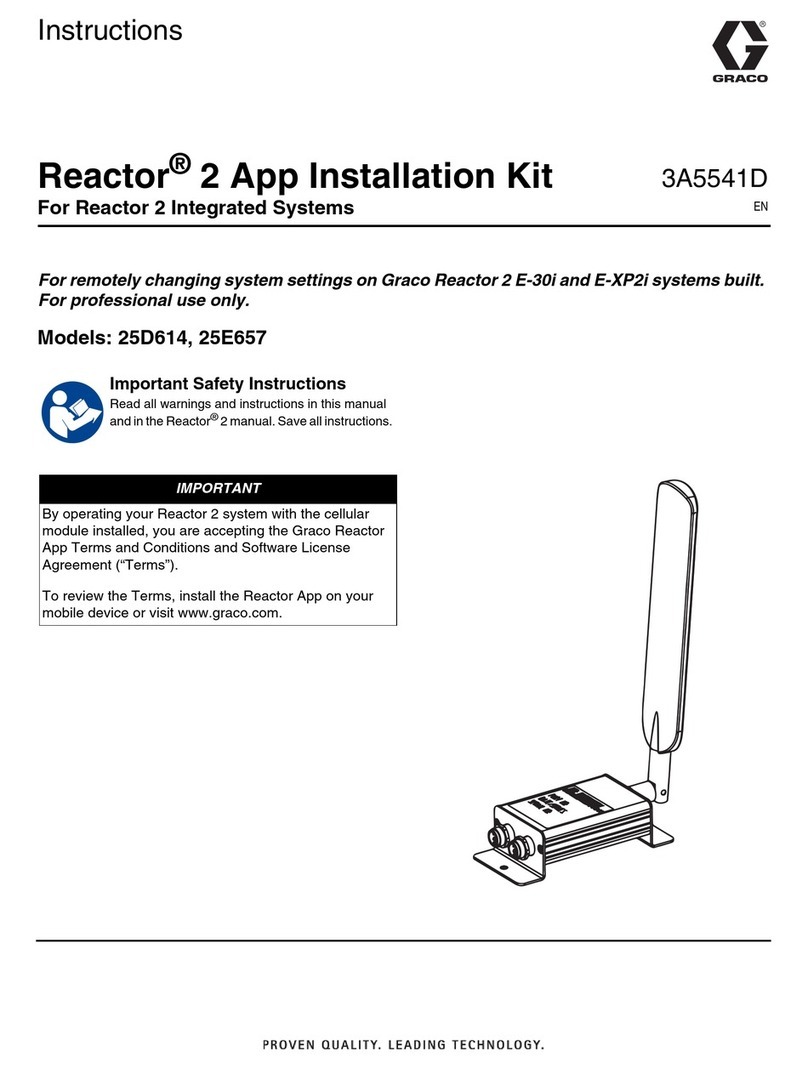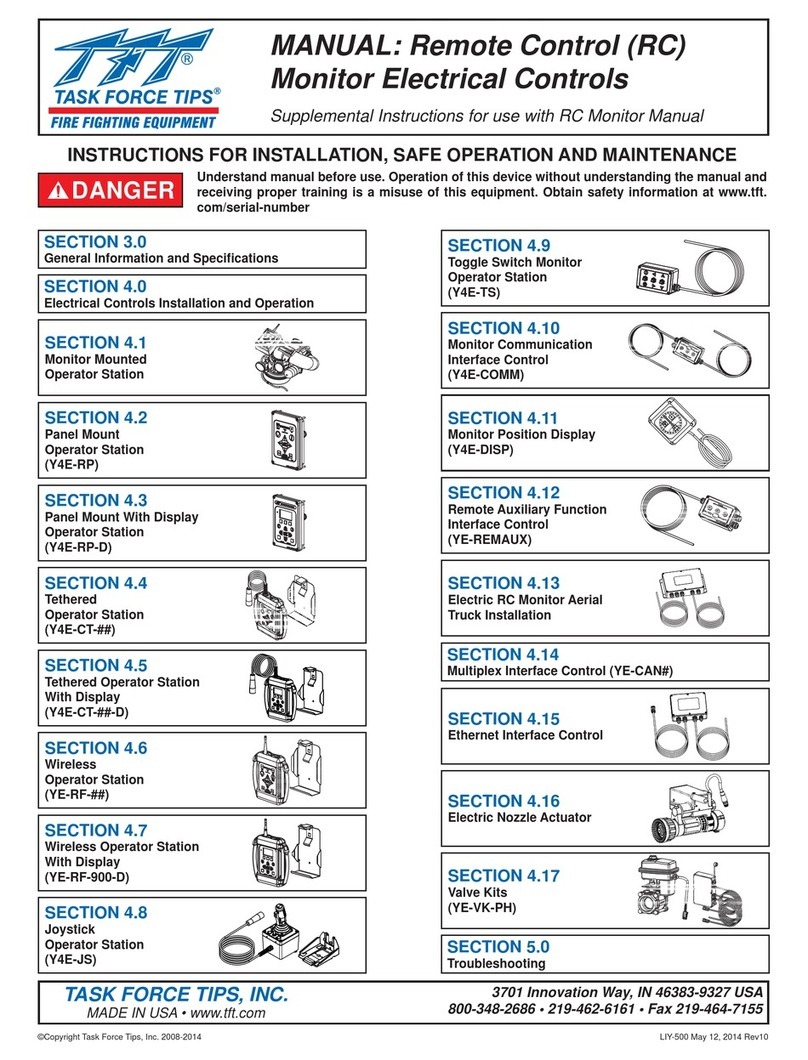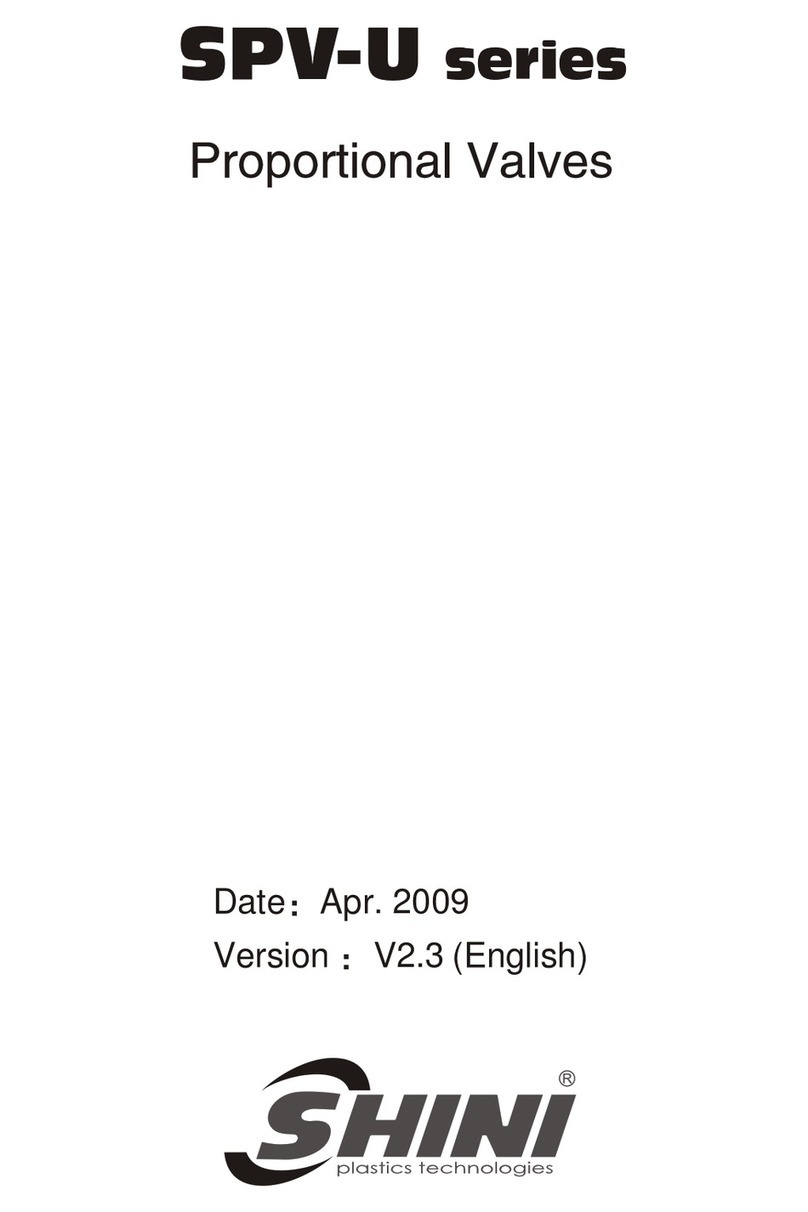
3
4. If conduit is to be used, run four 2-conductor wires
from each of the two speakers and the amplifier, up
through the conduit and into the enclosure. If conduit
is not to be used, run one outdoor rated speaker wire
from each speaker and two from the amplifier. Mark
each end of the two speaker wires from the amplifier
as left-channel and right-channel.
5. If conduit is used, mount the enclosure onto the conduit using the appropriate
adhesive.
6. Use the four holes on the back of the enclosure to mount it to a stationary object or
wall.
7. Connect the left-channel speaker wire to the left-channel speaker, taking note of
the wire colors or markings used for the positive (+) and negative (-) connections.
For best results, always use the same wire colors or markings for the positive and negative
connections.
8. Connect the other end of the left-channel speaker wire to the L+ and L- Output
terminals on the volume control, taking care to match the polarity.
9. Connect the right-channel speaker wire to the right-channel speaker, taking note of
the wire colors or markings used for the positive (+) and negative (-) connections.
10. Connect the other end of the right-channel speaker wire to the R+ and R- Output
terminals on the volume control, taking care to match the polarity.
11. Connect the left-channel amplifier wire to the L+ and L- Input terminals on the
volume control, taking note of the wire colors or markings used for the positive (+)
and negative (-) connections.
12. Connect the right-channel amplifier wire to the R+ and R- Input terminals on the
volume control, taking note of the wire colors or markings used for the positive (+)
and negative (-) connections.
13. Insert the volume control into the enclosure, taking care to ensure
that the wires do not come loose from their connections or become
pinched or shorted.
